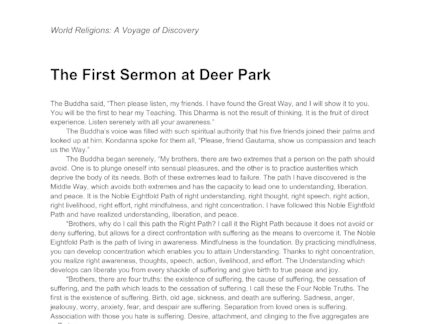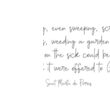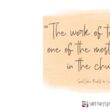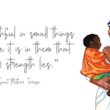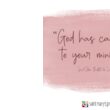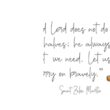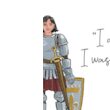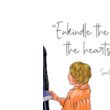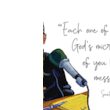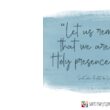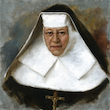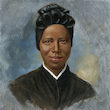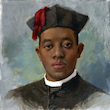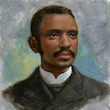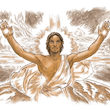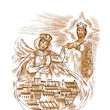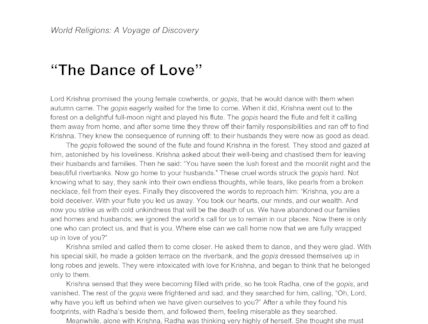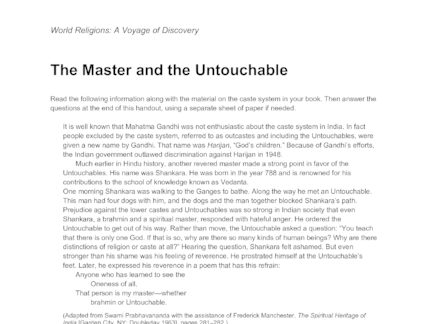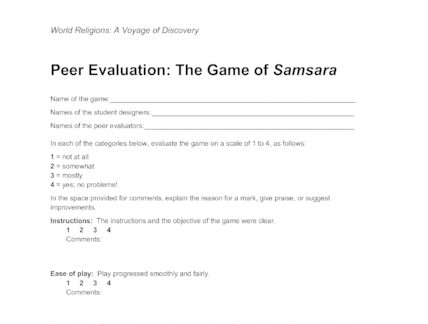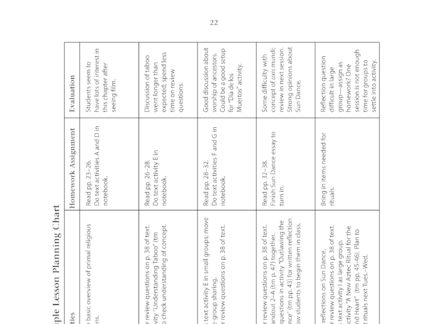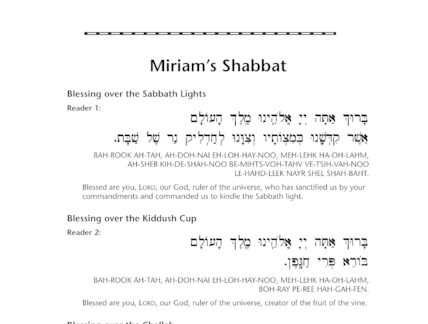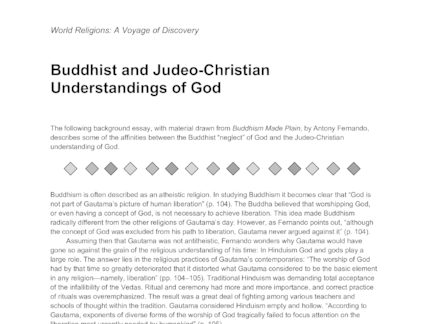
Document
Buddhist and Judeo-Christian Understandings of God
This article compares and contrasts the Buddhist and Judeo-Christian understanding of God.
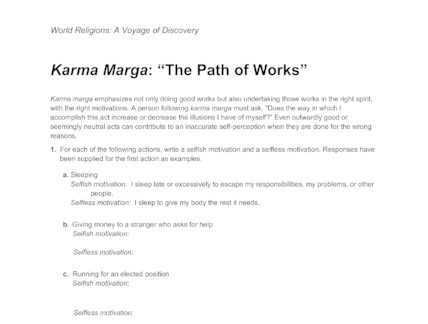
Document
Karma Marga: "The Path of Works"
An individual worksheet that examines the intentions and motivations behind one’s actions.
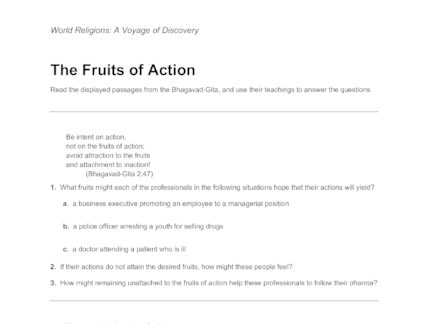
Document
The Fruits of Action
An individual worksheet that challenges students to apply teachings from the Bhagavad-Gita to real-life situations.
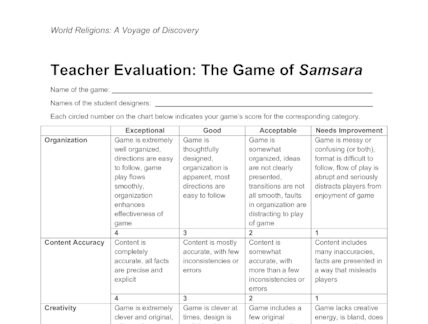
Document
Teacher Evaluation: The Game of Samsara
This evaluation is to be used as a rubric for a game that groups of students created using Hindu concepts.
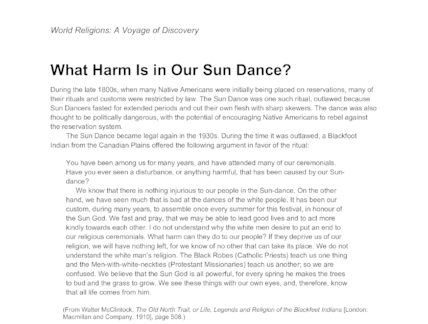
Document
What Harm Is in Our Sun Dance?
This short article provides the point of view of a Blackfoot Indian about the illegalization of the Sun Dance.
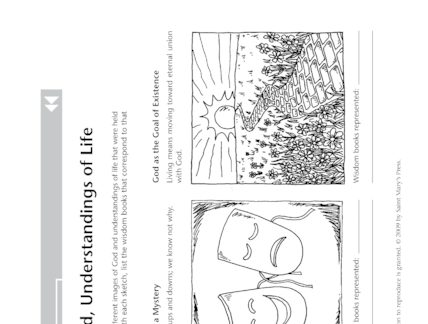
Document
Images of God, Understandings of Life
The sketches below represent the different images of God and understandings of life that were held by the Jewish wisdom sages. Beneath each sketch, list the wisdom books that correspond to that image.
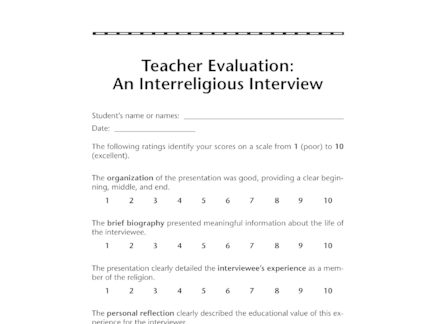
Document
Teacher Evaluation: An Interreligious Interview
The following ratings identify your scores on a scale from 1 (poor) to 10 (excellent).
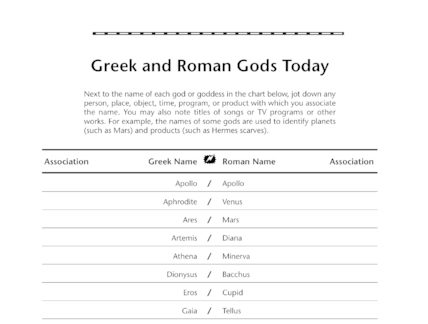
Document
Greek and Roman Gods Today
Next to the name of each god or goddess in the chart below, jot down any person, place, object, time, program, or product with which you associate the name. You may also note titles of songs or TV programs or …

Document
A Zoroastrian Symbol
The illustration on this handout is the Faravahar, a symbol of Zoroastrian faith. With the example of the Faravahar in mind, create, on a separate sheet of paper, a symbol that represents your own religious faith or personal understanding of …
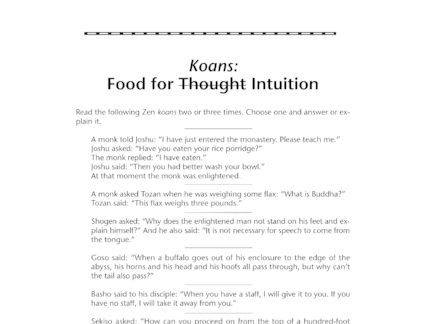
Document
Koans: Food for Intuition
Read the following Zen koans two or three times. Choose one and answer or explain it.
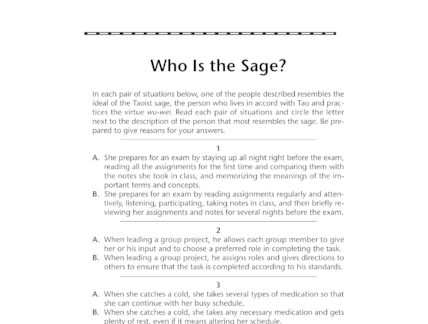
Document
Who Is the Sage?
In each pair of situations below, one of the people described resembles the ideal of the Taoist sage, the person who lives in accord with Tao and practices the virtue wu-wei. Read each pair of situations and circle the letter …
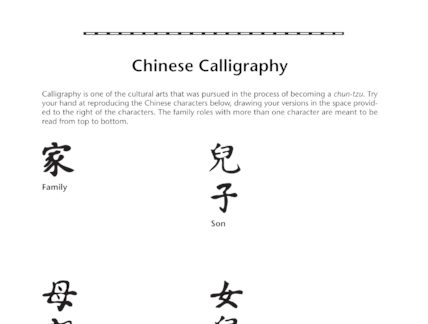
Document
Chinese Calligraphy
Calligraphy is one of the cultural arts that was pursued in the process of becoming a chun-tzu. Try your hand at reproducing the Chinese characters below, drawing your versions in the space provided to the right of the characters. The …
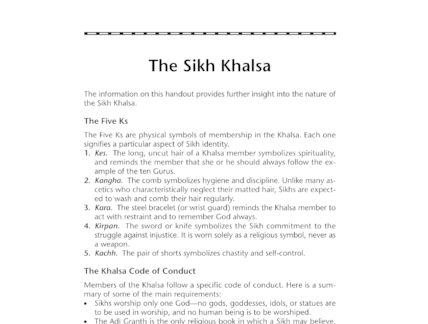
Document
The Sikh Khalsa
The information on this handout provides further insight into the nature of the Sikh Khalsa.
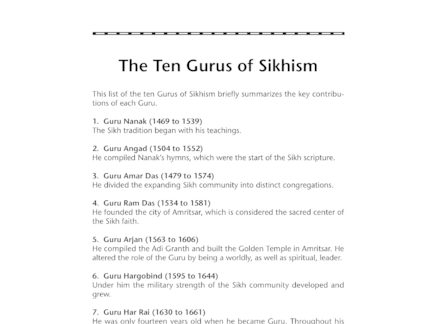
Document
The Ten Gurus of Sikhism
This list of the ten Gurus of Sikhism briefly summarizes the key contributions of each Guru.
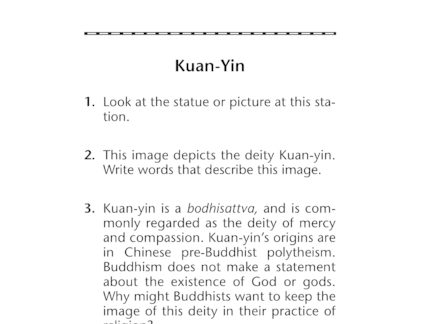
Document
Kuan-Yin
1. Look at the statue or picture at this station. 2. This image depicts the deity Kuan-yin. Write words that describe this image.
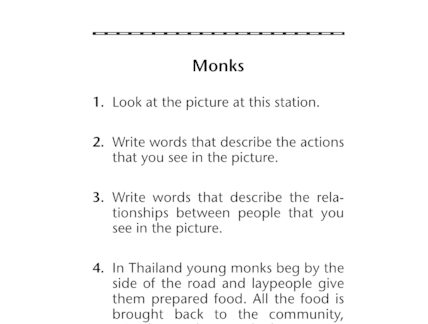
Document
Monks
1. Look at the picture at this station. 2. Write words that describe the actions that you see in the picture. 3. Write words that describe the relationships between people that you see in the picture.
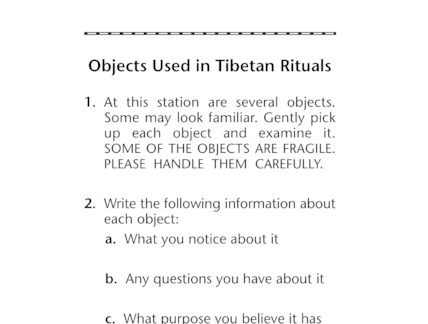
Document
Objects Used in Tibetan Rituals
1. At this station are several objects. Some may look familiar. Gently pick up each object and examine it. SOME OF THE OBJECTS ARE FRAGILE. PLEASE HANDLE THEM CAREFULLY. 2. Write the following information about each object.
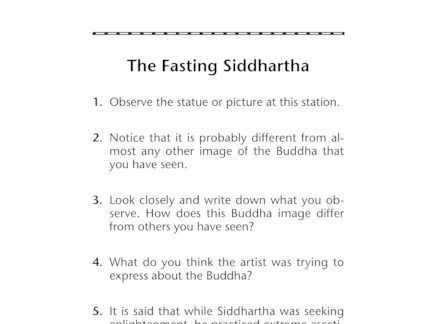
Document
The Fasting Siddhartha
1. Observe the statue or picture at this station. 2. Notice that it is probably different from almost any other image of the Buddha that you have seen. 3. Look closely and write down what you observe. How does this …

